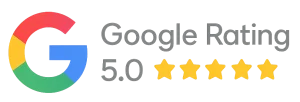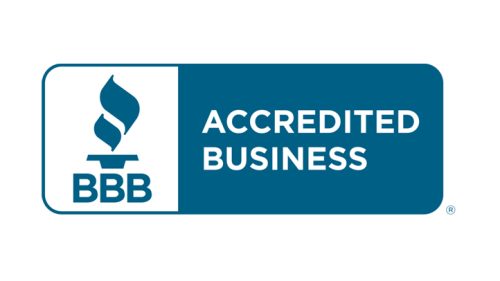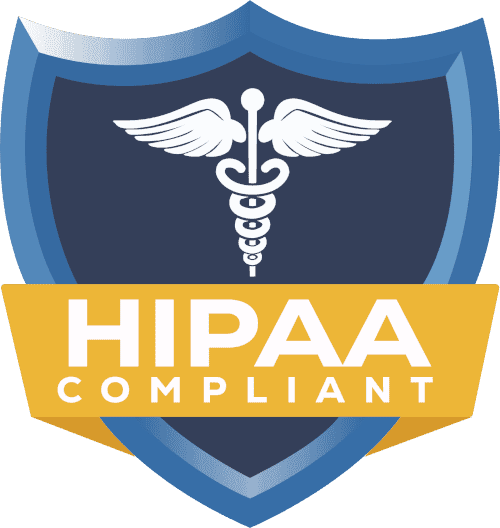Why Credentialing Is Essential for Telehealth Success in 2025

Telehealth is not experimental and a niche offering anymore. It is one of the significant ways of achieving healthcare for people in 2025. So, be it video visits with a family physician, remote therapy sessions, or virtual specialty visits, telehealth has introduced care in a fast and convenient way.
The convenience is a favourite in patients. They can get the treatment they require without having to sit in traffic or congested rooms and spending hours of their time at work. Providers are able to provide more patients in wider geographies. Payers like lowering costs and outcomes.
It, however, poses a big challenge concerning trust and compliance as well. Healthcare is personal. People base their life-changing decisions and disclose personal data based on what the providers tell them. What will the patients trust about a telehealth doctor being qualified? How do we have the mechanisms in place so that insurance companies can pay the right ones? What is the way states make sure that their laws are obeyed?
That is where credentialing comes in. It makes sure that telehealth functions efficiently and it is trustworthy. In this blog, the meaning of credentialing, its importance today, more than ever before, and how it can assist providers in virtual care will be discussed.
What Is Telehealth Credentialing?
Credentialing is used to confirm that a medical practitioner is qualified and authorized to practice. It is not merely reviewing a resume but an intensive process of verification. It does not have everything to do with trusting the resume of a person. It involves the primary-source check-up of all the information.
In the case of telehealth, credentialing includes:
- Confirming active licensure in every state where patients are treated.
- Verifying degrees and training from accredited institutions.
- Reviewing employment history and professional references.
- Confirming board certifications.
- Confirming active malpractice (professional liability) insurance.
- Ensuring HIPAA compliance for privacy and security.
In brief, credentialing establishes that providers are who they claim to be and have the training, skills, and legal authorization to practice.
Why Credentialing Is Critical for Telehealth
Telehealth and in-person healthcare have much in common in terms of rules. Telehealth introduces additional complexities. The reason behind it is that providers will have an opportunity to have patients under a variety of different states without having to travel. Although this is awesome in terms of access, it renders compliance with laws more difficult.
If a telehealth provider treats patients in four states, they must be licensed in all four. They should also satisfy the individual state regulations. Without proper licensure and credentialing, providers may face fines, legal action, or loss of practice privileges.
Insurance reimbursement also depends on credentialing. Most payers, including national plans and regional carriers, will not reimburse providers who are not credentialed. In its absence, health providers would be required to invoice patients directly, which lowers access and expansion.
How Credentialing Builds Trust in Telehealth
When patients enter a clinic, they frequently observe diplomas on the walls, employees in uniform, and an actual physical location that contributes to the perception of validity. In telehealth, all this is absent. A patient will just encounter a figure on a screen.
This complicates building trust. The patients must be assured that the person they see on their screens is trained, licensed, and qualified. The reassurance is given by credentialing.
Properly credentialed providers can:
- Place their credentials on telehealth websites.jpo
- Be a part of established insurance networks.
- Provide evidence of verification and certification.
The result? The patients will have higher chances of remaining with the provider. Treatment regimens that are documented and overseen by qualified clinicians.
Credentialing and Compliance: A Three-Layer System
The compliance rule of telehealth does not exist. It is, in reality, thrice in operation:
- State laws: Determine who can practice, where, and under what licensure and in some states, telehealth-specific training is required or some services are restricted.
- Federal laws: Legislations like the HIPAA guarantee the confidentiality and safety of patient information. This is greater when it comes to online care.
- Payer requirements: Network participation requirements are determined by each payer (experience, technology, documentation requirements).
Credentialing assists in ensuring that providers fulfil all three layers prior to the provision of telehealth services.
The Steps of Telehealth Credentialing
The payer and documentation completeness (usually 60 to 120 days) differ in the timing of credentialing. One of the forms may fail, which will result in an additional few weeks. The process is likely to be as follows:
- Prepare paperwork: Retrieve licenses, diplomas, board certifications, malpractice insurance, IDs, and resume.
- Full CAQH ProView: Develop/revise profile and post what most payers need to know.
- Participate in insurance panels: Seek payer participation (e.g., Aetna, Cigna, UnitedHealthcare, BCBS).
- Follow up: Respond to demands for further documentation or corrections.
This may be slow, but it is required. In its absence, the providers will be unable to charge insurance and guarantee adherence.
Avoiding Legal and Financial Risks
Losing or letting credentialing expire can be a great pain:
- Malpractice exposure – practicing without the required licensure/credentialing puts the practitioner at risk.
- Fines and penalties -States may impose fines and/or license suspension.
- Termination of payer contracts – payers can take off-network uncredentialed providers.
Telehealth has had exceptionally high risks due to the fact that services tend to cross state. One of the ways to secure the provider and the patient is through credentialing.
Best Practices for Telehealth Credentialing in 2025
To provide easy credentialing, providers should:
- Begin at the earliest stage: Do not wait till patient demand peaks.
- Get in order: Unify digital and paper records.
- Make CAQH up to date: Current profiles, lower payer follow-ups and delays.
- Outsource: the credentialing professionals will be able to save on time and prevent unnecessary mistakes that can be expensive.
- Set renewal indicators: Monitor the renewal dates of licenses, DEA, malpractice, and board certifications.
The Future of Telehealth Credentialing
The credentialing will become even more prominent in the next few years. Technology will keep care crossing state lines, and it will become more mobile. At the same time, the regulations will be stricter in the protection of customers.
The number of national databases might be increased so that the credentialing process might be faster. Artificial intelligence can be utilized to check documents and bring up issues in real-time. In spite of change, the objective is the same: to have trusted, accredited providers of care.
Conclusion: Credentialing as the Foundation of Telehealth Success
Telehealth has indefinitely revolutionized healthcare. It is fast, convenient, and easily accessible to patients and providers. All seamless virtual visits are based on a base of trust and compliance credentialing.
One of the essential elements of a provider that would like to achieve success in telehealth in 2025 will be credentialing. It is not only paperwork. It shows professionalism, reduces the risk, and enhances growth.
FAQs
1. What is the time frame behind telehealth credentialing?
Typically 60–120 days, depending on payer timelines and documentation completeness..
2. Can I see patients while credentialing is pending?
Not if you expect insurance reimbursement; you must be approved and in-network first.
3. What happens if my credentials expire?
You stand a chance of losing payer contracts, fines and suspension of practice privileges.
4. Are there any differences in in-person and telehealth credentialing?
The basics are alike, yet telehealth offers (or requires) additional (multi-state licensure, technology, modality compliance) requirements.



















